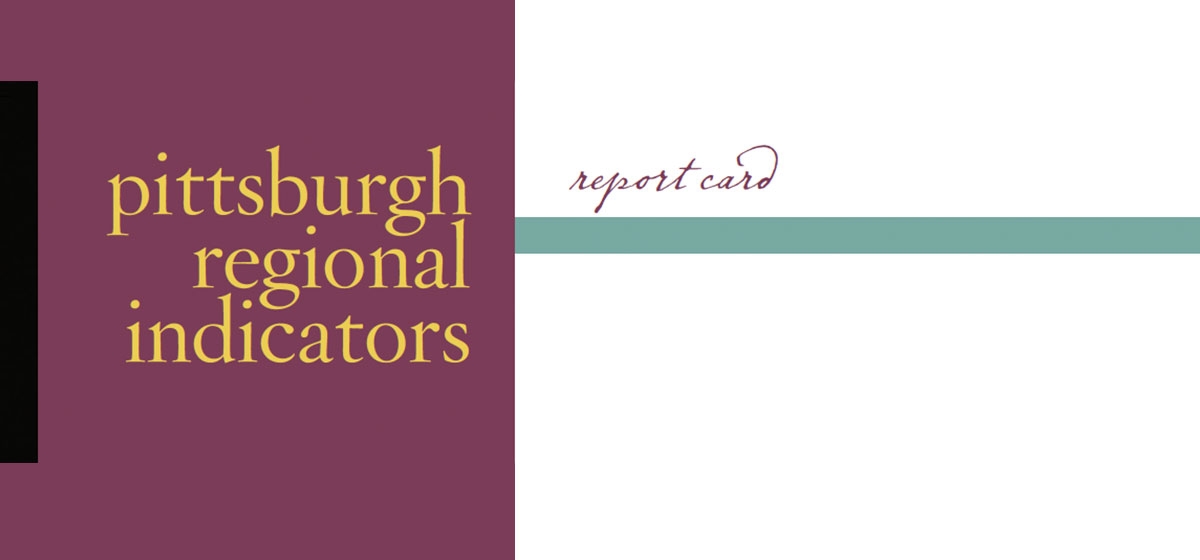Gambling a Boon to Travel Industry

The public discussion about the pending arrival of casino gambling in the region has been largely preoccupied with one tangential, if related, subject. Is there enough money to be made from a slot machine operation within the corporate limits of Pittsburgh to fund the construction of a new civic auditorium to replace Mellon Arena?
This constricted view is the product of an agreement to make common cause between one of the three would-be casino operators, Isle of Capri, and the Penguins hockey team. If the gaming company is awarded a license, it promises to build a new arena in which the Penguins can perform. The Penguins, for their part, have said if a new arena is built their future in Pittsburgh is secure.
There are many things that can be said about this effort, but I will limit myself to the incontrovertible fact that it has distracted attention from a fundamental and underappreciated reality: The advent of casino gambling in this region dwarfs a new arena in importance. Yes, solidifying the Penguin’s future matters (and is certainly easily obtained if all concerned put their minds to it), but a hockey team’s contribution to tourism and travel has always been a small part of a major regional industry that is going to become even bigger if casino gambling’s introduction is effectively managed.
How big? Three years ago the U.S. Conference of Mayors ranked the 100 largest metro areas on the size of their tourism/travel industry and Pittsburgh (the seven county MSA) was 25th, a position that is going to significantly change if even the most conservative estimates of the economic impact of slot machine gambling bear fruit (See “Total travel and tourism dollars,” opposite page).
The conference’s interest in the subject was prompted by the post 9/11 travel collapse and its impact on the national economy. (The loss nationwide was just of 10 percent between 2002 and 2000, a drop from $272 to $245 billion.) This was of major importance, the conference said, because travel and tourism generate so much of gross domestic metro product, particularly in the top 20 markets where the industry accounted for 7.1 percent in 2000. For purposes of comparison, the conference said, health services were 5.5 percent of U.S. gross national product, construction 4.7, banking 3.7, communication, 2.9 and electronic equipment 1.8 in 2000.
The mayors’ report made clear the industry is disproportionately concentrated in the top markets, with New York, Las Vegas, Chicago and Los Angeles far outstripping other cities ($12 to $15 billion annually). The conference also admitted that defining the industry with precision is difficult because factors such as entertainment and retail sales play important, but hardly exclusive roles in travel and tourism. Air travel is also disproportionately significant in the calculations.
All those conditions conceded, the fact remains that the industry is very important outside the top 20 markets, which brings us to Pittsburgh. At $3.27 billion, the Pittsburgh MSA ranked 25th in tourism dollars in 2002, or just under half of 10th ranked Boston’s $6.92 billion. But, as the tables demonstrate, tourism and travel spending in Pittsburgh is significant by national standards and comparable or higher than most other benchmark cities with the exception of Minneapolis (14th) and Detroit (17th).
This may come as a surprise, but so, too, do the projections for slot machine revenues that experts are bandying about. The key to the tourism/entertainment dynamic is to appreciate the dimensions of the multi-state, multi-county regional market. Sixty-five miles could be considered the Cleveland/
Pittsburgh divide, but to the east, south and west, Pittsburgh has the place largely to itself.
There are 4.8 million adults living within 100 miles of the Point. For comparison purposes there are 2.8 million adults living within 100 miles of the St. Louis Arch and 1.9 million living within 100 miles of the center of Kansas City. In 2004, casinos in the Kansas City MSA did $701 million in gaming business; in St. Louis, it was $920 million. Both cities had five gaming venues with both slot machines and table games. Pittsburgh with two West Virginia sites already running, and gaming coming to the Meadows and Downtown is assured at least four sites, with a fifth in Beaver or Lawrence County and a smaller operation in either the Seven Springs or Nemacolin Woodlands very likely.
The addition to the gross metro product from the four new MSA operations is almost surely going to be significant inasmuch as it appears that at least $1 billion in new gambling gaming revenue will be generated. There also would seem to be clear economic synergies for the transportation, horse racing and resort hotel industries. As usual, by focusing attention on the “old” Pittsburgh, the public attention has been distracted from both the economic positives for the city-state of Pittsburgh, whose bounds do not end at the state line, and the potential negative consequences of not giving enough attention to the totality of the pending change: As many as 5,000 slot machines would be permitted at the Meadows, just 30 miles down the road from any Pittsburgh casino!
It is curious that a major regional facility like a $350 million civic arena that would be home to regional entertainment attractions, including professional sports teams, would be financed, not by revenues from a new regional activity, gaming, but by money from only one casino operator. The “old” Pittsburgh answer is that the arena is within the “city limits” and so will be the casino coughing up the subsidy, while its competitors pay nothing.
It is also of note that tax revenues from this new regional industry would raise $520 million annually within two years of operation. That is almost 100 times the amount that the Pittsburgh Sports and Exhibition Authority estimates the Penguins would contribute annually in state, regional and city taxes if they had a new arena and the corresponding higher revenues. The Authority estimates the Penguins contribution at $6 million, or $4.22 million city, $101,000 region, $1.7 million state.
But enough of gaming, let’s touch on another component of the regional tourism/travel industry that is significant but also has been undervalued as a consequence of USAirways’ bankruptcy and the collapse of hub-and-spoke travel. My text is a letter from Stephen Hansen, president and CEO of Dollar Bank to W. Douglas Parker, chairman of American West Airlines. The letter was written after Parker’s visit with Pittsburgh business leaders last September. Hansen’s take on the potential for air travel parallels mine on casinos.
“I do not believe that people (such as your predecessor), and indeed some people in Pittsburgh itself, have understood the size of the Pittsburgh market,” Hansen wrote. “I say that as a CEO of a regional bank that has grown from its Pittsburgh roots to expand west into Ohio and all the way to Cleveland.
“Pittsburgh is not just a 10-county region with 2.3 million people. Pittsburgh International Airport draws from (an area in three states) with more than 5 million people living within a two-hour drive of the airport. People tend to overlook the large population residing in the 130 miles between Pittsburgh and Cleveland to the west, Significantly, Pittsburgh is the closest airport for many of those residents since Cleveland’s airport is located on the west side of that city.”
Hansen went on to argue that if one changed his perspective and saw Pittsburgh as occupying a very strategic position between the East Coast and Chicago — it is at the center and not circumscribed on one side by a Great Lake — the potential for significantly greater originating “enplanements,” including international flights, was obvious. What was needed was for America West to look beyond the Pennsylvania state line to West Virginia and Ohio. If it were to do that, and act on the potential business synergies so discovered, both the airline and Pittsburgh would benefit.
“Go west, young man, go west!”




